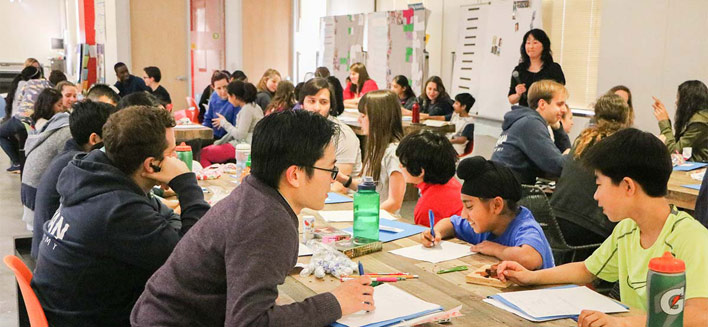
Can Schools Improve?
Khan Lab School
Few would disagree that access to public education is a good thing, but many would argue that we can do better. Study of successful educational systems can offer valuable insights.
Whether and how leaders and educators in the United States and other countries might identify, learn from, adapt and implement the most successful educational practices identified in case studies and in the literature is an open question. The issues facing the American education system, and surely those of other countries as well, are highly complex and intertwined with deep-rooted political, economic and social policies and conditions. Efforts to reform and improve education must take a long view lest we create a system that entrenches these issues even more deeply.
Many people consider Finland to be a model system of national public education. In Finland, education is considered a basic human right, and all schools at all levels are publicly funded and tuition-free. Teaching is a highly selective, respected, well-paid profession. Finnish teachers have the equivalent of a master’s degree and enjoy a great deal of autonomy and professional collaboration. A truly “whole student” curriculum is driven by a “whatever works” attitude. Responsibility is emphasized over accountability for teachers and principals—educators take responsibility for their students’ learning. Says Pasi Sahlberg, director of the Finnish Ministry of Education, “There’s no word for accountability in Finnish… Accountability is something that is left when responsibility has been subtracted.”
Educational testing in Finland consists primarily of teacher-made classroom assessments. Finnish students do not take standardized tests until they complete high school. Although Finland ranks above average on the PISA international tests, high test scores are not a goal or a primary concern of Finnish educators. Instead, they consider test scores as one—but not the sole—signal of their system’s effectiveness. Finland undertook an extensive, iterative process of educational reform and adaptation over a period of years, which led to the current system. While Finland’s history and culture are unique, education leaders, teachers and scholars may benefit from studying the Finnish model.
Many educators have a healthy skepticism of continuous calls for drastic reform that lead to what Zhao calls “the perpetual wars and pendulum swings” that can hurt children and hinder real progress. The US education system, he says, “seems to be able to cultivate more creative entrepreneurial individuals but fails to teach the basics to a large group of children. Does this suggest that certain educational practices can be effective in achieving certain goals but can hamper the realization of other, equally important goals?” In other words, there is no silver bullet or single right answer.
In the meantime, Robinson, Delpit, Moses, Zhao, and many others provide myriad examples of how dedicated teachers can provide remarkable education experiences, in spite of the pressure of standardization and lack of resources. Says Robinson, “Opportunities for change exist within every school, even where the emphasis on high-stakes testing has become extreme.” The internet has changed the world of education for both students and teachers. For example, Khan Academy provides free access to high quality instruction which students can access directly, and teachers can use to supplement or support classroom instruction. Websites such as Edutopia provide resources for teachers, including both evidence-based and teacher-tested strategies for instruction and classroom management.
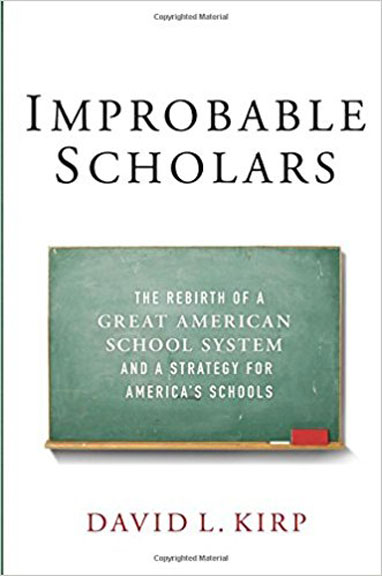
Improbable Scholars
The Rebirth of a Great American School System and a Strategy for America’s Schools
David L. Kirp
How do we determine if our schools are preparing students for a meaningful future in our society and improve the schools that are not living up to those standards? Explores the current crisis in American education and four districts that have made positive changes.

One World Schoolhouse
Education Reimagined
Salman Kahn
There may be a young girl in an African village with the potential to find a cancer cure. A fisherman’s son in New Guinea might have incredible insight into the health of the oceans. By combining the enlightened use of technology with the best teaching practices, we can foster students who are capable of self-directed learning, deep understanding of fundamentals, and creative approaches to real-world problems.
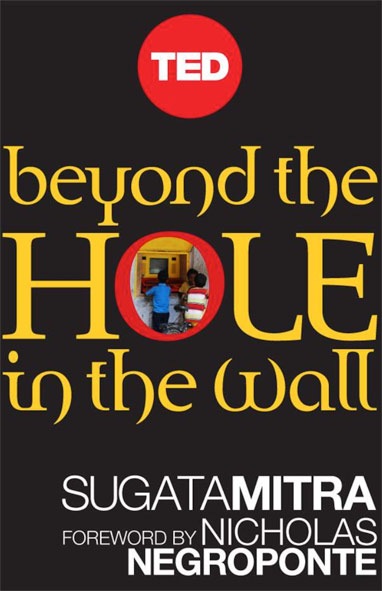
Beyond the Hole in the Wall
Discover the Power of Self-Organized Learning
Sugata Mitra
Sugata Mitra’s now famous experiments have shone light on the immense capacities that children have for learning in self-composed and self-regulated groups.
In the series: Challenges and Opportunities
Related articles:
Further Reading »
External Stories and Videos
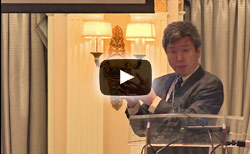
Watch: China Is the Wrong Model
Yong Zhao, Network for Public Education National Conference
Yong Zhao’s lively address brings a thought-provoking perspective on comparing U.S. and Chinese student test scores as a way to evaluate our education systems.
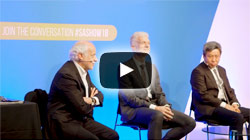
Watch: Experts Debate Merits of PISA
Yong Zhao & Andreas Schleicher, Schools & Academies Show Birmingham 2018
Education scholars Yong Zhao and Andreas Schleicher share their divergent views on the pros and cons of OECD’s international testing program.

The Other Segregation
Whitney Pirtle, The Atlantic
The public focuses its attention on divides between schools, while tracking has created separate and unequal education systems within single schools.
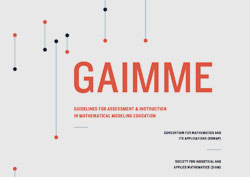
Math with Meaning
COMP & SIAM
Math educators provide helpful guidelines for transforming traditional math equations and problems in a way that gives students as early as pre-K the foundation to tackle open-ended, reality-based questions collaboratively—questions that they find meaningful and can enhance their future. (PDF)
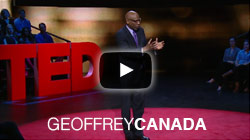
Watch: Our Failing Schools. Enough is Enough
Geoffrey Canada, TED
Why does our education system look the way it did 50 years ago? Millions of students were failing then, as they are now — and it’s because we’re clinging to a business model that clearly doesn’t work. Education advocate Geoffrey Canada dares the system to make systematic shifts in order to help greater numbers of kids excel.
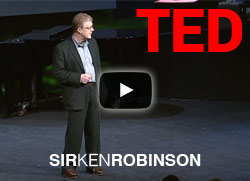
Watch: Do Schools Kill Creativity?
Sir Ken Robinson, TED
Here the entertaining and profoundly moving case for creating an education system that nurtures (rather than undermines) creativity
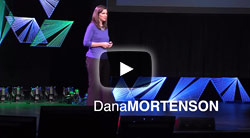
Watch: Will Our Kids Be Ready for the World in 2050?
Dana Mortenson, TED
World Savvy founder Dana Mortenson explores how teaching and learning in the U.S. is changing, or should change, in our rapidly evolving, interconnected global society. Will our kids will be ready to compete in, and contribute to, a new reality?
